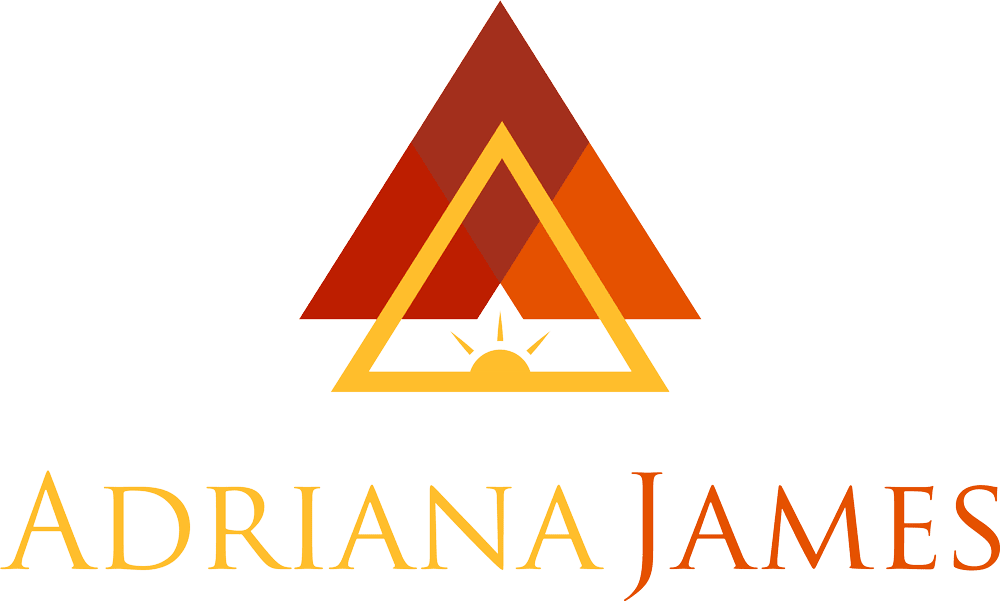Most of us limit our choices by polarized thinking. Have you ever done polar-opposite thinking? Sure everybody does: Well, I could ride the bus, or I could walk to work. And there it is: That little word “or”. I could dress casually today or wear a suit. I could get a new car or I could fix up the old one. I could get a new job or I could just go along and get along because maybe I would fail at a new job.
Every time, there is that word “or”. Most of us are conflicted. We get stuck squarely between an “or”, and we don’t know it. That’s how you can know: you can tell there’s a problem when the sentence construction is either/or.A so-called “EXCLUSIVE OR”,
Using standard notation we can make the formula easier to see by writing the sentence “A or B”.
Sometimes it is neither/nor (which is “not A or not B“):” so, who are you going to vote for in the next presidential election?””Well, I don’t like either candidate,” you say, “so I am not going to vote.” But that is probably not a solution either.
Sometimes in our heads we debate that which is not the issue. So, we may say, I want to get a new car but I am not sure if I should get an American car or a car made in Japan. But maybe that is not the issue. Maybe there is a whole different question I should be asking instead. Should I get an electric car like the Tesla or should I get a car that runs on water? And maybe that is not the issue either. Maybe the real issue is not thinkable for you in this context or on this logical level. That leads us to our next thought.
The solution to dichotomous thinking is to chunk up one level – move toward one higher logical level of abstraction. Ask yourself, “For what purpose,?” But ask the question about both sides of the dialogue. So, you ask, “A for what purpose?” and “B for what purpose?” When you do this, see if you get a single word for the higher purpose. If not, ask again to get to the same word.
Often we limit our choices unnecessarily because the dichotomous thinking often makes us think that there are only two choices (and/or mutually exclusive) when there are many choices. So far in this article, we have looked at several polar-opposite choices where apparently there were only 2 possibilities. Now, let’s see what to do to expand our choices, and we teach these at our NLP Coaching Practitioner and NLP Coaching Master Practitioner Trainings:
- Well, I could ride the bus, or I could walk to work.
- I could dress casually today or wear a suit.
- I could get a new car or I could fix up the old one
- I could get a new job or I could just go along and get along because maybe I would fail at a new job.
- Well, I don’t like either candidate, so I am not going to vote.
- I want to get a new car but I am not sure if I should get an American car or a car made in Japan.
To expand your thinking, I’ll give you the question and you use it to come up with as many new ideas about what you could do as you can. You can ask this question for all the 6 dichotomies above and then ask it about the other dichotomies in your life. If you master this you will become a master of staying unstuck.
OK. The question is, “For what purpose,?”
Ha, yes, I know you heard this before. It is the same question. So, ask the question several times about the dichotomy in each side of the 6 statements above.
|
Here we should have the DEMO of Parts integration. And this box is not part of the article,. So it should disappear when the article goes on the web |
Now, this is the major linguistic intervention in Parts Integration, arguably the most powerful technique in NLP next to Time Line Therapy® techniques – a technique that absolutely gets rid of conflicts at the Unconscious level. Make sure you watch the video; it is about Parts Integration. You have to see it to realize how powerful it is.
We’re looking forward to see you at our next NLP Coaching Master Practitioner Training.

